< more recent | 1-7 April 2023 | older >

7 April 2023: Rainy day for the final leg of the marathon drive home. Hit the customary traffic on the approach to the NY Metro area and all the way back over the bridges and onto Long Island…
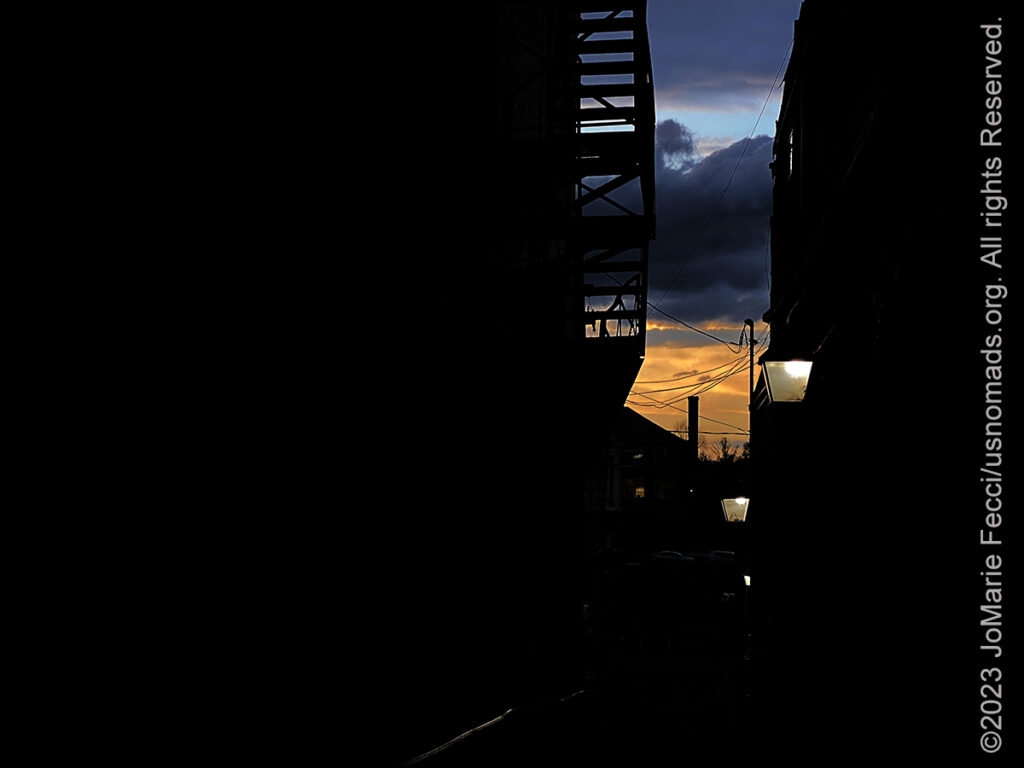
6 April 2023: Long drive day heading back towards the familiar landscapes of the more urban industrialized east coast with red brick buildings and fire escapes. Caught the sunset and some colorful skies through an alleyway …
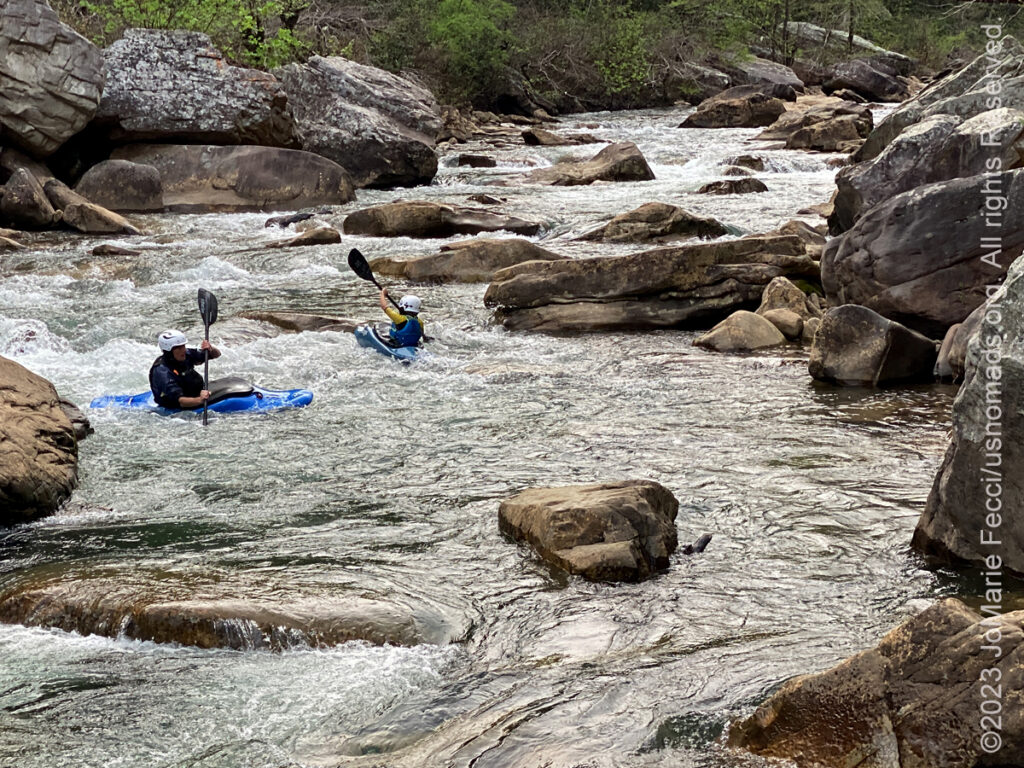
5 April 2023: Continuing the journey northbound from Alabama into Tennessee made a stop at the North Chickamauga Creek Gorge State Natural Area to take a short hike down to the river. It was a bit of a scramble over rocks and boulders, but quite a beautiful pause on a sparkling creek …
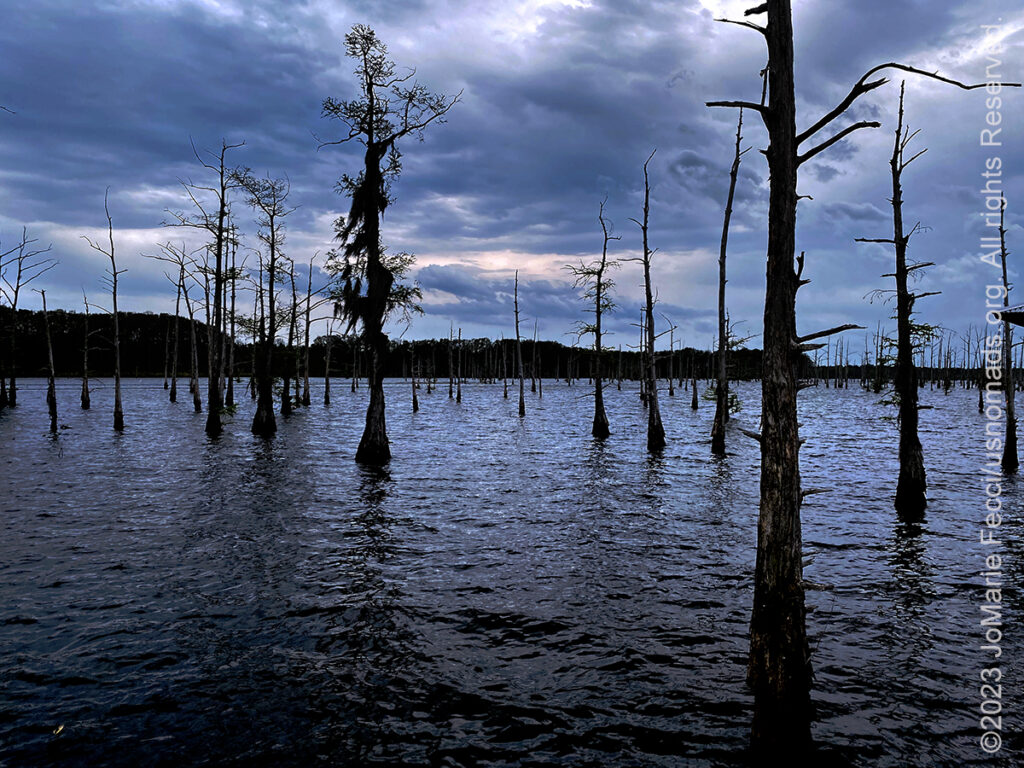
4 April 2023: Turned northward in Louisiana and stopped to explore part of the Black Bayou Lake National Wildlife Refuge where stands of cypress were thick in the water and the ambiance of a backcountry bayou was authentic…
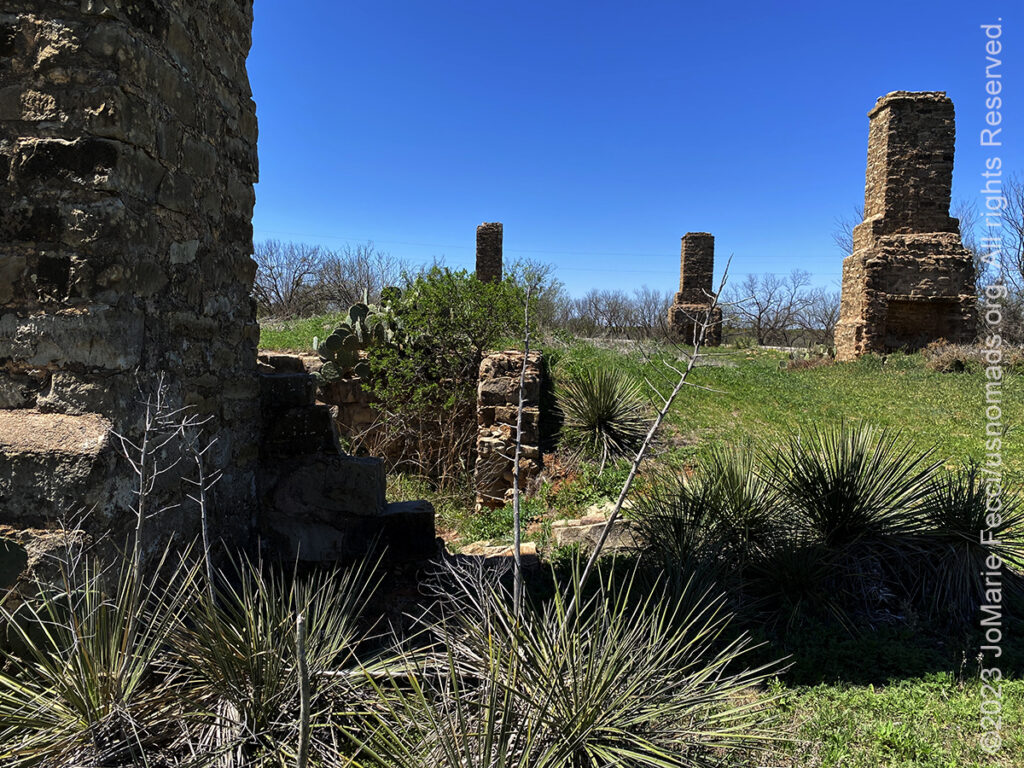
3 April 2023: It was a bit windy in the morning but went to check out the Historic Fort Phantom Hill before leaving the Abilene area. The “Fort” is a well-preserved series of stone chimneys and a few other ruins that remain standing in a parched patch of west Texas. Took a short walk between what was left of the towering stone structures before getting back on the road and crossing the rest of Texas before stopping for the night in Shreveport, Louisiana …
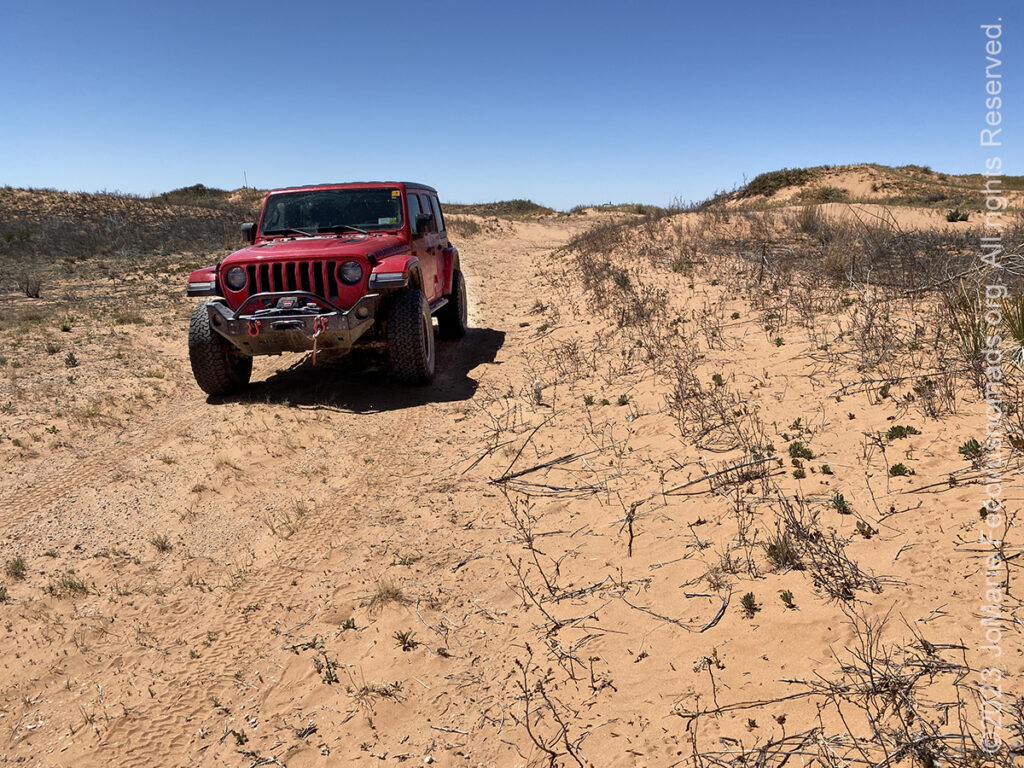
2 April 2023: Left New Mexico in the morning heading east through the Chiuhuahuan desert into Texas via a region full of oil fields and refineries and not much else for miles. Had never taken this route before, so it was all new and interesting to discover, even if it was not exactly wilderness. Made it as far as Abilene before stopping for the night…
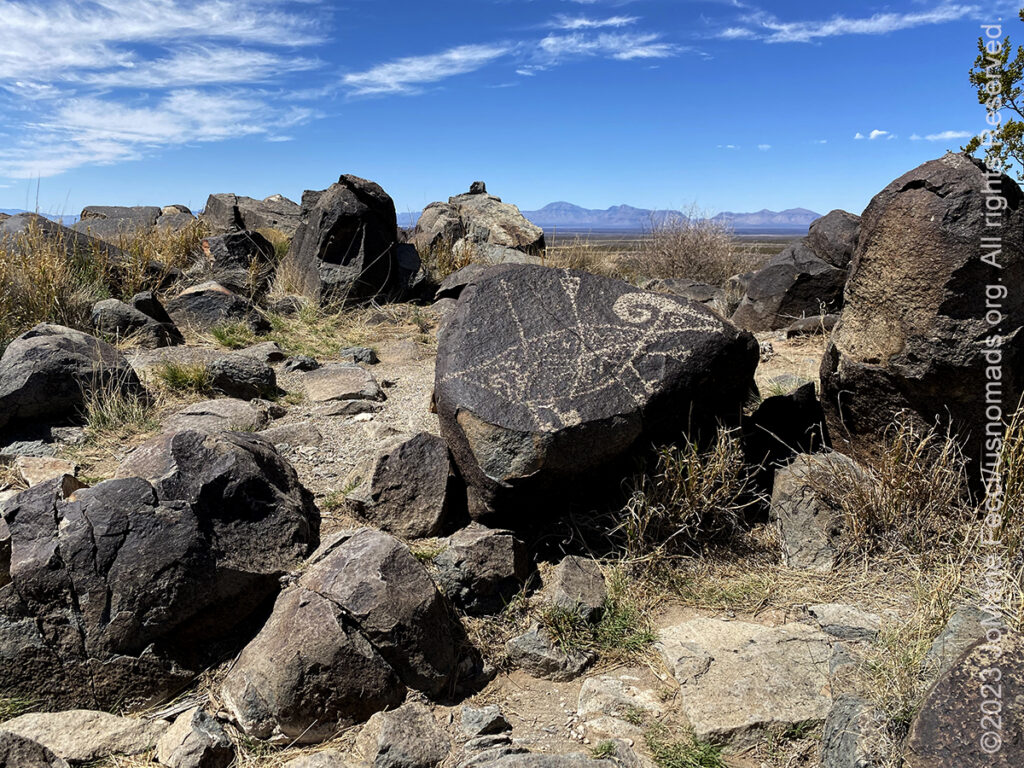
1 April 2023: Last day in NM, and spent it doing some exploring further south. Left Ruidoso and headed to the Three Rivers Petroglyph site for a nice hike among a field of boulders etched with rock art. Then headed further south to check out the Red Sands OHV area before returning to FR 568 in the Lincoln National Forest to set up camp for the night…
THIS MONTH:

Starting the Roadtrip back home. Heading east and taking a slightly different route to get in some exploring in different places on the way. Plenty of time for some spontaneous discovery…
COMING UP SOON:

USnomads.org is very proud to be presenting the second edition of the Nomad Overland Virtual Adventure Rally in 2023. This is a new kind of rally experience — a ten week event that participants can do from anywhere within the continental U.S.A. Competitors design their own routes as part of the rally, then drive it in a points-based online competition that includes optional activity tasks, quests and weekly challenges. The 2023 rally will run from 5 June – 13 August and is open to any driver within the United States who has an off-road capable vehicle — stock or modified. Registration for 2023 is open now. For more information see the Rally website …
BLACK BAYOU LAKE NWR
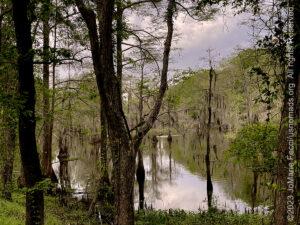
The Black Bayou Lake National Wildlife Refuge is one of five refuges managed in the North Louisiana Refuge Complex. It was established in 1997 through a unique partnership with the city of Monroe, Louisiana. Black Bayou Lake is studded with cypress and tupelo trees, and surrounded by swamps that graduate into bottomland hardwoods and then into upland mixed pine/hardwoods. A cypress swamp showcases the stereotypical Louisiana of swamps and bald cypress that shelter a variety of species from broad-banded water snakes to a multitude of frogs. These water-saturated wetlands are referred to as ‘Bayou.’ The word is thought to originate from the Choctaw word bayuk, which means “small stream”. Native Americans have lived in bayou country for centuries. The Choctaw people relied on the rivers and bayous of the Gulf Coast for shelter and food, such as fish, shrimp, and birds. They developed sophisticated watercraft to navigate between seasonal settlements. Wooded bayous also provided protection during times of conflict.The first European settlements on the bayous were founded by the Louisiana Creoles, and today the bayous are commonly associated with Creole and Cajun culture. The wide range of benefits provided by the wetlands of this region were not recognized by a majority of policy makers in the early 20th century. Although these areas make up a very small percentage of the total land found in the United States, southern Louisiana contains 40 to 45 percent of the wetlands found in the lower states. As the drainage gateway to the Gulf of Mexico for the Lower Mississippi Regional Watershed the Louisiana bayous drain more than 24 million acres in seven states from southern Illinois to the Gulf of Mexico, making their preservation important on a national scale. Bayous are susceptible to pollution such as runoff from nearby urban communities and oil spills given their low-lying position in the watershed. Many bayous have been cleared away by human activity as well (with those in Louisiana having shrunk by 4,900 square kilometers since the 1930s). Louisiana’s iconic swamps and marshes are in very real jeopardy and conservation and restoration projects are critical. The Black Bayou Lake NWR plays an important role in protecting this unique eco-system with a 1,600 acre lake that provides a home for iconic species such as the American alligator, anhingas, great blue herons, and more…
FORT PHANTOM HILL
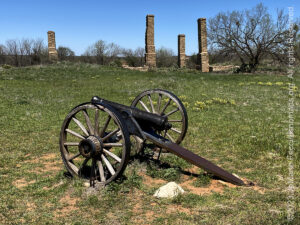
Fort Phantom Hill was established in 1851 as part of a line of forts in Texas to protect migrants passing through the state on their way to California. In November of 1851, the left wing of the 5th Infantry were sent to establish a post on the Clear Fork of the Brazos River “at a place known as Phantom Hill.” There are several romanticized, ghostly legends as to why it was named Phantom Hill; however, sources indicate that the name refers to the fact that from a distance, the hill rises sharply from the plains but levels out as it is approached, retreating like a phantom. Nothing was easy for the soldiers assigned to build the new military post — the lack of an adequate water supply and the scarcity of building timbers added greatly to the hardships of the men. Military records indicate that in spite of the shortage of timber, the officers’ quarters and hospital were built of logs which had to be brought in by ox wagon from as far away as 40 miles. A good stone quarry was located two miles south on the east bank of Elm Creek, and from this stone was built the structures which endure today. The company quarters and other buildings were of jacal construction, a building style consisting of vertical poles woven with brush and chinked with mud for walls and thatched roofs, but even these buildings had stone chimneys. Life at the fort was difficult. Elm Creek was often dry, and the waters of the Clear Fork of the Brazos were brackish. At one point, an eighty-foot-deep walk-in well was dug, but its waters, too, proved unreliable. A historical irony exists in the fact that only two miles south of the fort today is a lake, named for the fort, which supplies the water for about 100,000 persons. Soldiers at the fort had few encounters with Indians. It was an admitted tactical error to match infantry against the Comanches who were among the finest horsemen in the Americas. The US Army abandoned the fort in 1854 and it was shortly thereafter mostly destroyed by fire. In 1858, it became a station of the Butterfield-Overland Stage route. One of the first stage passengers to make the trip to California, Warren Ormsby, wrote of the station, “Most of the chimneys are still standing and they reflected the light of the full moon as we drove up as might well become the title of Phantom Hill. There are ruins of from forty to fifty buildings. The magazine which stands today built entirely of stone is so little injured it is used for a company storehouse. The stable also is a fine stone building, so altogether, Phantom Hill is the cheapest and best new station on the route.” The ruins of the fort were added to the National Register of Historic Places on September 14, 1972. A rustic romance and a hint of mystery still cling to more than a dozen tall stone chimneys which tower over Phantom Hill. Like the soldiers who once guarded this parched patch of West Texas soil, the lonely chimneys stand over the rugged beauty of native cacti, wildflowers and mesquite trees. The chimneys are a rock reminder of the colorful early days of Texas history, when Native Americans from the Comanche tribe still roamed the area, and U.S. Infantry troops struggled to create an outpost to protect the westward-moving frontier of Texas settlement…
MORE NOTES FROM THE ROAD:
22-31 March – DVE
15-21 March – Arizona
8-14 March – Joshua Tree
1-7 March – Glamis
20-28 February – Southwest Roadtrip
1-19 February – Woman and Machine
January – Woman and Machine
22-31 December – Holiday Roadtrip
16-21 December – Holiday Roadtrip
1-15 December – Long Island
November – Long Island
22-31 October – Roadtrip East
15-21 October – Moab LONCON
8-14 October – Moab LONCON
1-7 October – Roadtrip West
22-30 September – Roadtrip West
16-21 September – Roadtrip West
1-15 September – Long Island
August – Long Island
15-31 July – Serbia
1-14 July – NE Roadtrip
16-30 June – NE Roadtrip
1-15 June – Long Island
May – Nomad Rally Prep
16-30 April – Long Island
7-15 April – Heading Back to NY
1-6 April – Heading Back to NY
Archive
SPECIAL REPORT
All about exploring ghost towns and abandoned places in the USA and beyond, with tips, and information on the many different types of sites to be found across the globe, including detailed guides for eight specific sites… [read]
REFLECTIONS
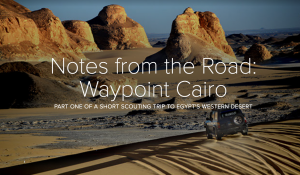
EGYPT: CAIRO REFLECTIONS
A quick overview of impressions from a stop in Cairo during our recent scouting mission in Egypt and Sudan … [read]
SPECIAL REPORT
A look into south-eastern Algeria on the border with Libya and Niger: overlanding with the Tuareg in one of the most remote corners of the Sahara … [read]